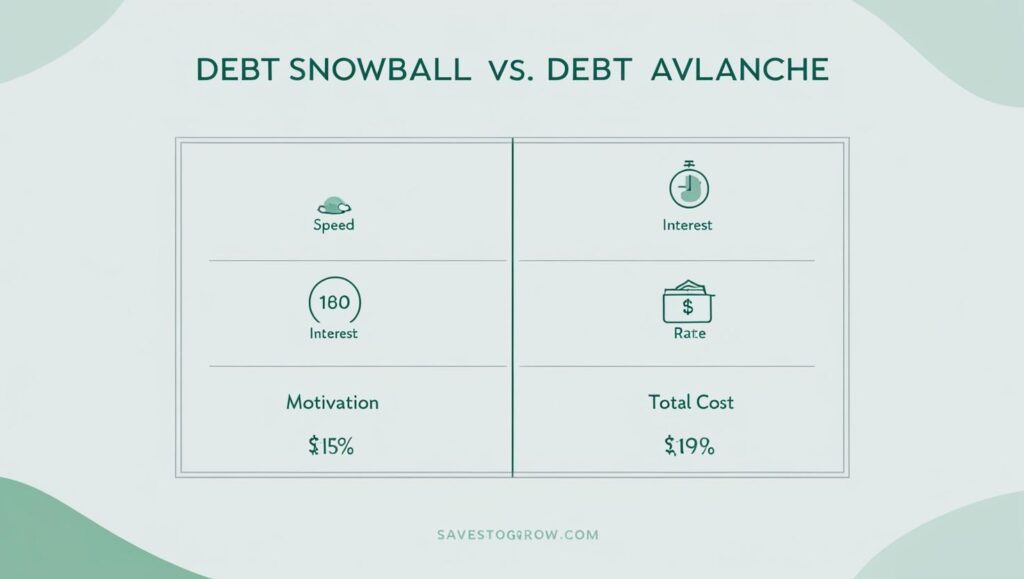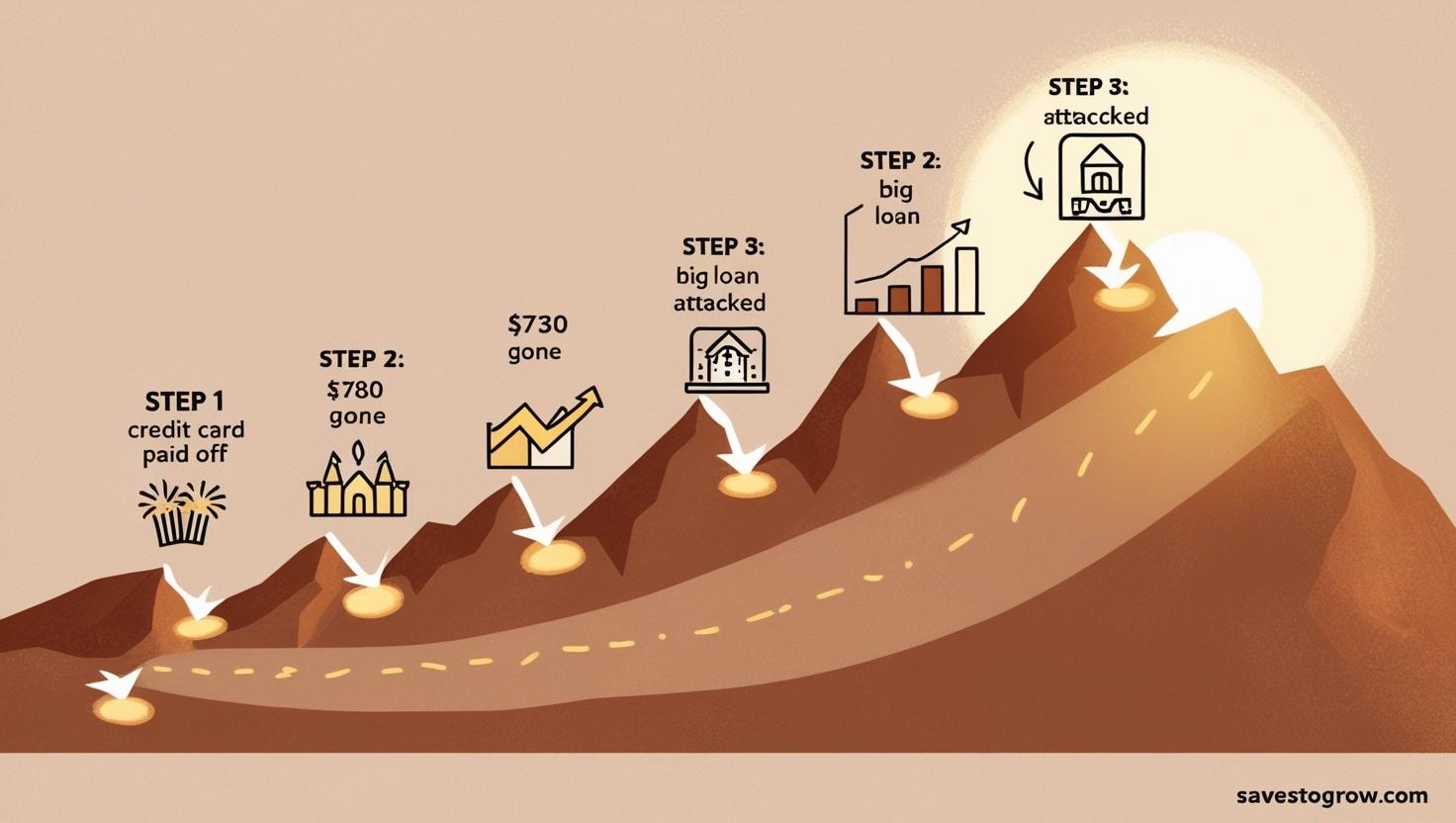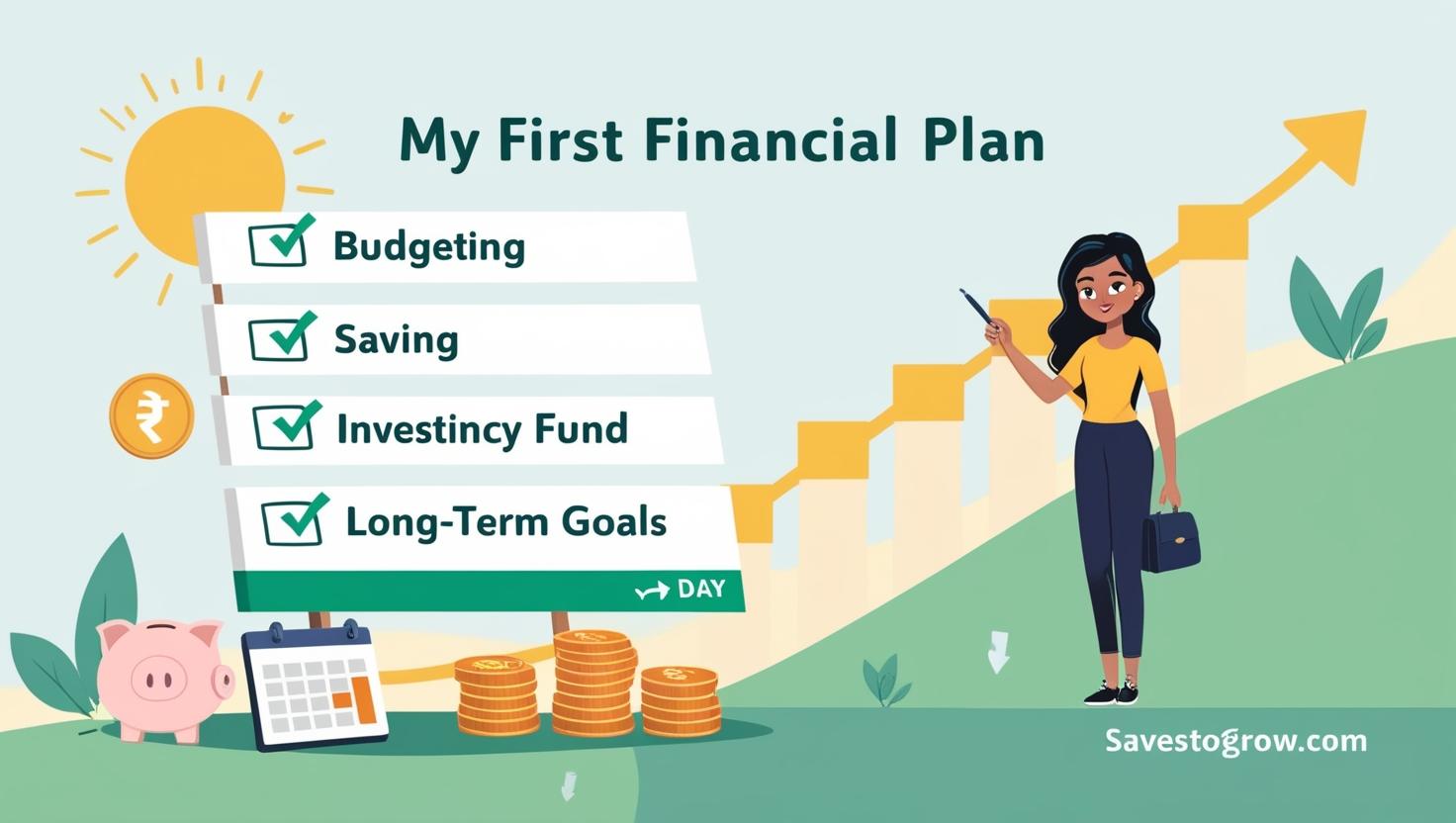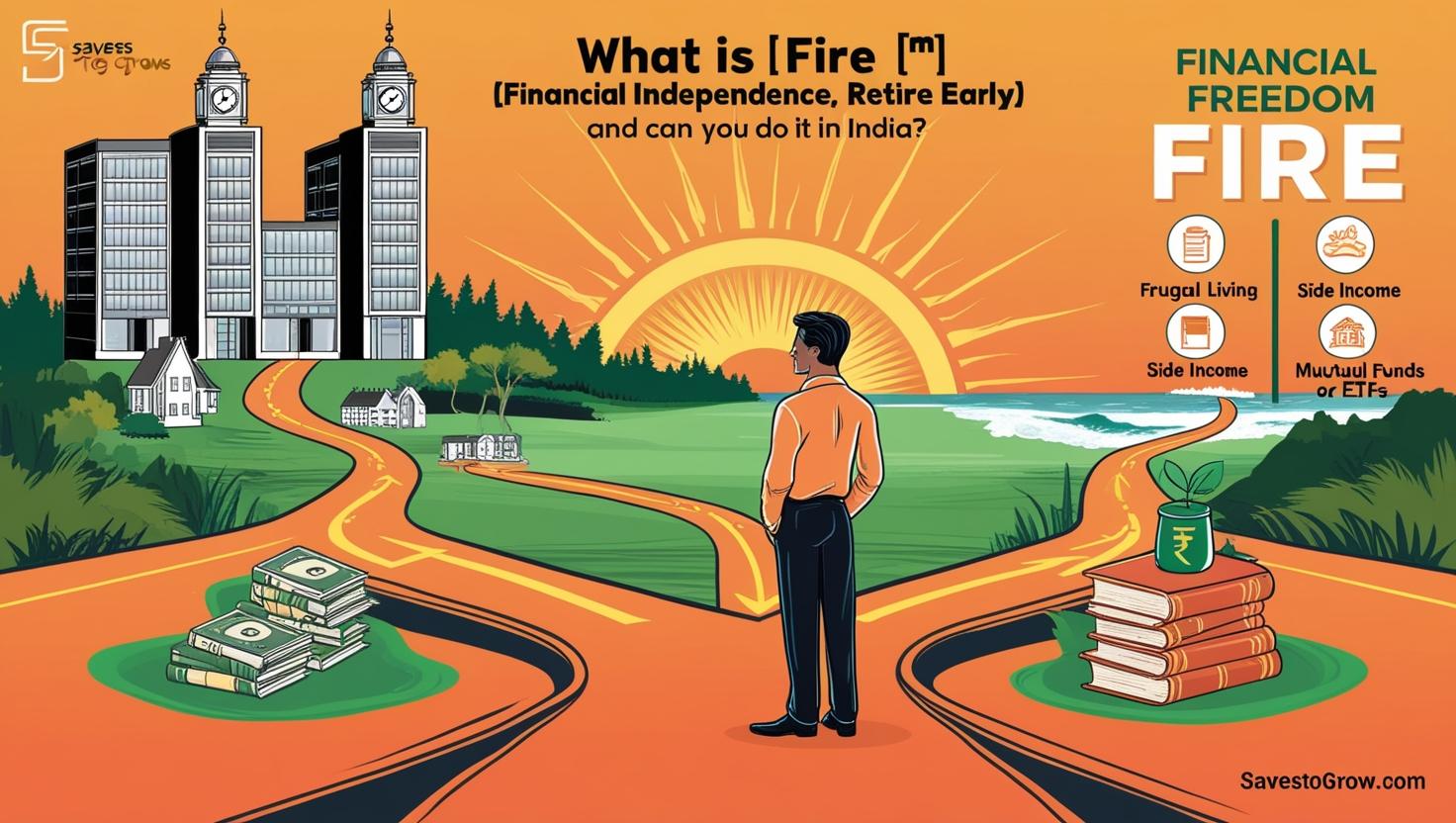Two Proven Methods. One Personal Journey. Here’s What Actually Helped Me Get Debt-Free.
Drowning in Debt & Googling Late at Night
I remember the night clearly — sitting on my bed, laptop glowing, heart pounding. My credit card balance had just crossed $11,000. Between student loans, car payments, and random purchases I’d justified over the years, I was juggling five different debts. The stress was real.
In my desperate search for a plan, I found two terms:
Debt Snowball and Debt Avalanche.
Both seemed smart. Both promised freedom. But I could only pick one to start.
This is the story of which I chose, why, and what actually worked in real life — not just on paper.
The Two Titans: Debt Snowball vs. Debt Avalanche

Before I get personal, let’s break these down clearly.
🧊 Debt Snowball Method:
Pay off your smallest debts first, regardless of interest rate.
Psychology-driven. Wins come fast, and momentum builds.
Example:
If you owe $200, $1,000, and $5,000 — you attack the $200 first.
🔥 Debt Avalanche Method:
Focus on the highest-interest debt first, regardless of balance.
Mathematically optimal. You save the most money in interest.
Example:
If you owe 18% interest on one card and 6% on another, the 18% gets crushed first — even if it’s a bigger amount.
My Situation: Emotion vs. Math
On paper, the avalanche method made perfect sense. My highest interest card was nearly 25%. It was bleeding me dry. But here’s the problem:
The balance was huge — over $7,000.
I started paying it… and after 2 months, the needle barely moved. I was still surrounded by other debts. My motivation dipped. I started missing payments again.
The Pivot: Enter the Snowball
Out of frustration, I switched to the Debt Snowball method.
Here’s what I did:
- Listed all my debts from smallest to largest.
- Paid the minimum on everything.
- Dumped every extra dollar into the smallest one — a $280 credit card.
I paid that off in 2 weeks.
It felt like a win.
Something shifted inside me.
Then I tackled the next one: $730.
Gone in a month.
I started getting addicted to the feeling of closing accounts. For the first time, I felt in control.
Momentum Is a Powerful Drug
Within 6 months:
- 3 of my 5 debts were completely paid off.
- My credit score jumped by 70 points.
- I started budgeting religiously (never thought I’d say that).
The confidence I gained made it easier to face the bigger, uglier debts. By the time I got to the high-interest loan, I had room to breathe, and more monthly cash to throw at it.
“It wasn’t the most logical path. But it was the one I could stick to.”
Final Numbers: Snowball Results vs. Avalanche Theory
| Method | Total Time | Interest Paid | Emotional Resilience |
|---|---|---|---|
| Avalanche (estimated) | ~18 months | ~$2,100 | ❌ Burned out fast |
| Snowball (actual) | ~21 months | ~$2,800 | ✅ Motivated start to finish |
Yes, I paid a bit more in interest.
But I finished.
That matters more.
Lessons Learned (The Hard Way)

- Math doesn’t matter if you quit halfway.
- Your brain needs small wins. Snowball gave me that.
- Behavior > spreadsheets.
- Debt is not just numbers — it’s emotional warfare.
FAQ: Common Questions People Ask Me
Q: Did you ever switch back to Avalanche?
Not really. But once I got down to one big loan, I used Avalanche logic to kill it faster.
Q: Did you use any apps?
Yes! I used the web app CalculatesNow ( It calculates in INR, but I managed that )— it let me track both methods and compare them in real-time. Super helpful.
Q: What if I’m disciplined? Should I still use Snowball?
If you’re 100% committed and emotionally detached from money, Avalanche is more efficient. But most of us aren’t robots.
Q: How did you find extra money to pay off debt?
I sold stuff on Facebook Marketplace, canceled 3 subscriptions, and started freelancing on weekends. Small moves added up.
Final Word: Pick the Plan You’ll Finish

If you’re stuck deciding between Snowball and Avalanche, ask yourself this:
“Do I want to be right? Or do I want to be free?”
The avalanche may win on spreadsheets. But for me, the snowball helped me win in real life.
I’m now completely debt-free. And honestly?
That $280 credit card was the best debt I ever crushed.
Sources
- Dave Ramsey: The Debt Snowball Explained
- NerdWallet: Debt Avalanche vs. Snowball






